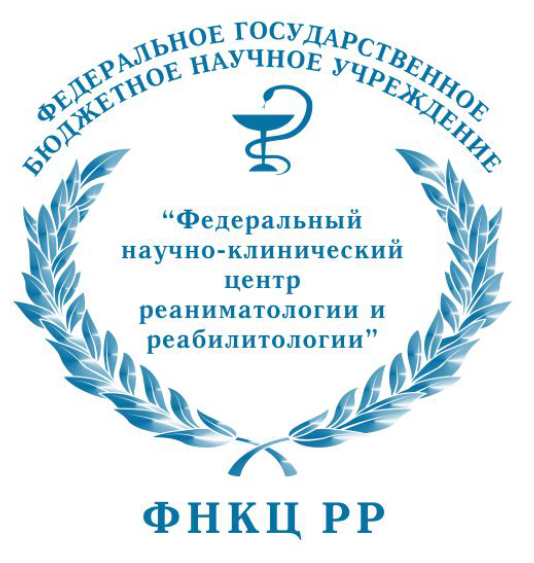
|
ИСТИНА |
Войти в систему Регистрация |
ФНКЦ РР |
||
Alimentary tract structure of two marine nematode species of the order Monhysteridaдоклад на конференции
- Авторы: Tchesunov A., Fedyaeva M.
- Международная Конференция (Конгресс) : 4th International Congress on Invertebrate Morphology (ICIM4)/IV Международный конгресс по морфологии беспозвоночных
- Даты проведения конференции: 18-23 августа 2017
- Дата доклада: 20 августа 2017
- Тип доклада: Стендовый
- Докладчик: Fedyaeva M.
- Место проведения: Москва, Россия
-
Аннотация доклада:
Paramonhystera filamentosa (Ditlevsen, 1928) (Xyalidae) and Sphaerolaimus balticus Schneider, 1906 (Sphaerolaimidae) both belonging to Monhysterida are common in the White Sea intertidal zone. According to own observations and data in the literature, P. filamentosa feeds on coarse particles including diatom algae which are ingested intact while S. balticus is a predator swallowing entire prey nematodes. Both species possess no teeth or evident armaments in the buccal cavity which could treat food items before ingesting. Stoma of P. filamentosa is rather small and consists of hemispherical cheilostoma and funnel-shaped pharyngostoma. Stoma of S. balticus is very large and made up largely of elaborate cheilostoma providing with fine anterior ribs for holding preys. Intestine cells of both species are featured by well developed microvilli and robust glycocalyx. Microvilli are long and densely arranged while glycocalyx is very thick and multilayered (with alternating amorphous, dense and lamellar layers). In both species, the glycocalyx can protect the delicate microvillar layer from damage by coarse by coarse angular particles such as sand grains and diatom frustules in P. filamentosa or large prey nematodes in S. balticus. On the contrary, internal cell content shows differences in both species. In P. filamentosa, mitochondria are concentrated in apical zone while digestive vacuoles are more numerous in basal zone of the cell. In S. balticus, mitochondria and digestive vacuoles are not stratified in the cytoplasm; vacuoles vary widely in size and inner content; in addition, lipid drops are more numerous than those in P. filamentosa. Differences in the internal cell structure could be associated with digestion particularities of different food items in two species. The study is supported by Russian Foundation for Basic Research, grant No. 15-04-02597.
- Доклад на конференции выполнен в рамках проекта (проектов):
- Таксономическое разнообразие, морфология и ультраструктура нематод. Функционирование паразитарных систем в морских и наземных сообществах
- Проект организации Молодежной секции в рамках IV Международного конгресса по морфологии беспозвоночных животных
- Тонкое строение кишечного тракта и питание водных свободноживущих нематод - морфологический подход
- Добавил в систему: Чесунов Алексей Валерьевич